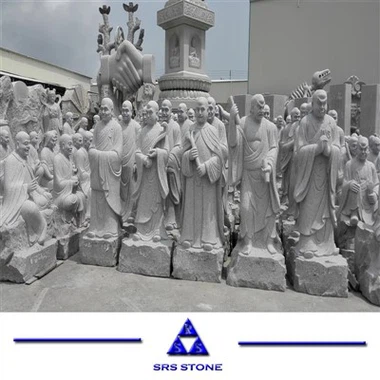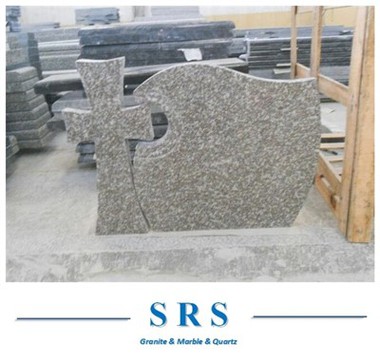White Spots On Marble: Understanding The Causes And Solutions
Mar 13, 2024
Marble is renowned for its timeless elegance and luxurious appearance, but recently, homeowners and designers have been encountering an unsightly issue: white spots appearing on marble surfaces. These mysterious blemishes can detract from the beauty of the stone, leaving many puzzled about their origin and how to address them.
The cause of white spots on marble can be attributed to several factors. One common culprit is etching, which occurs when acidic substances such as citrus fruits, vinegar, or cleaning products come into contact with the marble surface. The acid reacts with the calcium carbonate in the marble, eating away at the stone and leaving behind dull, white marks.
Another potential cause of white spots is water or moisture infiltration. When water seeps into the porous structure of marble, it can dissolve minerals within the stone, leaving behind deposits that manifest as white spots or streaks. This phenomenon, known as efflorescence, often occurs in areas with high humidity or water exposure, such as bathrooms or kitchens.
Additionally, improper sealing or lack of maintenance can exacerbate the formation of white spots on marble. Without a protective sealant to repel liquids and prevent staining, marble is more susceptible to damage from acidic substances and moisture, increasing the likelihood of white spot formation.
Fortunately, there are solutions available to address white spots on marble and restore its pristine appearance. For minor etching and surface stains, gentle cleaning with a pH-neutral stone cleaner and buffing with a soft cloth may suffice to remove the blemishes. Deeper etching or stubborn stains may require professional restoration techniques such as honing or polishing to resurface the marble and eliminate the white spots.
Preventative measures can also help mitigate the risk of white spot formation on marble surfaces. Avoid placing acidic substances directly on marble countertops or tabletops, and promptly clean up spills to prevent etching. Regularly seal marble surfaces with a high-quality sealant to provide a protective barrier against moisture and stains.








